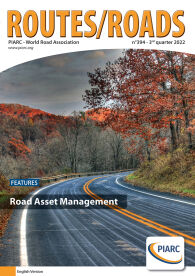What's new?
Notable Factors Related to Fatal and Serious Injury Wire Rope Safety Barrier Crashes
Wire rope safety barrier is a common countermeasure in addressing off-path crashes on high-speed roads, considered the default measure in Australia (Turner 2015). The barrier has been found to reduce fatal and serious injury crashes by around three-quarters (Crowther and Swears 2010; Candappa et al. 2012; Carlsson 2009; Chimba et al. 2017). The tensioned wire ropes are designed to deflect upon impact, producing a more gradual deceleration of the vehicle, and exposing vehicle occupants to reduced crash energy (Patel, Jani, and Joshi 2017). Wire rope safety barrier (WRSB) has also been found to be 1.5 times more effective in reducing the severity of crashes when compared to the other currently available barrier options of concrete and guardrail barriers (Candappa et al 2020). Nonetheless, fatal and serious injuries are still evidenced in crashes into WRSB. Given its superior levels of safety, as well as a limited availability of barrier-specific crash data, to date limited research has been published on the factors involved in fatal and serious injury crashes involving WRSB. Jurisdictions internationally continue en masse installation of these barriers. Focussed investigation on factors associated with these crash dynamics will enable ongoing improvement of the safety performance of the barrier and roadside safety overall. This paper presents some notable factors identified in fatal and serious injury WRSB crashes in Australia, and highlights possible means of addressing these through barrier design modification tested using computer simulation.



